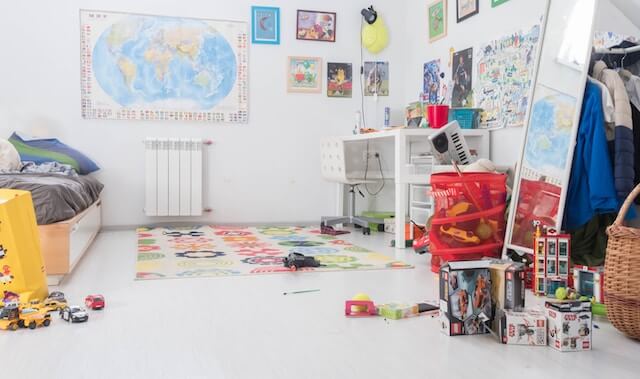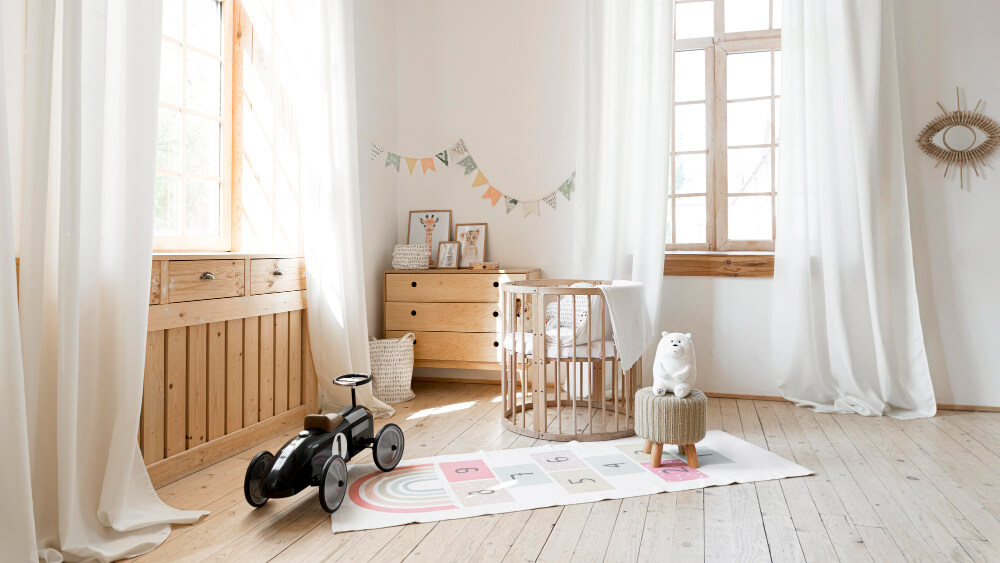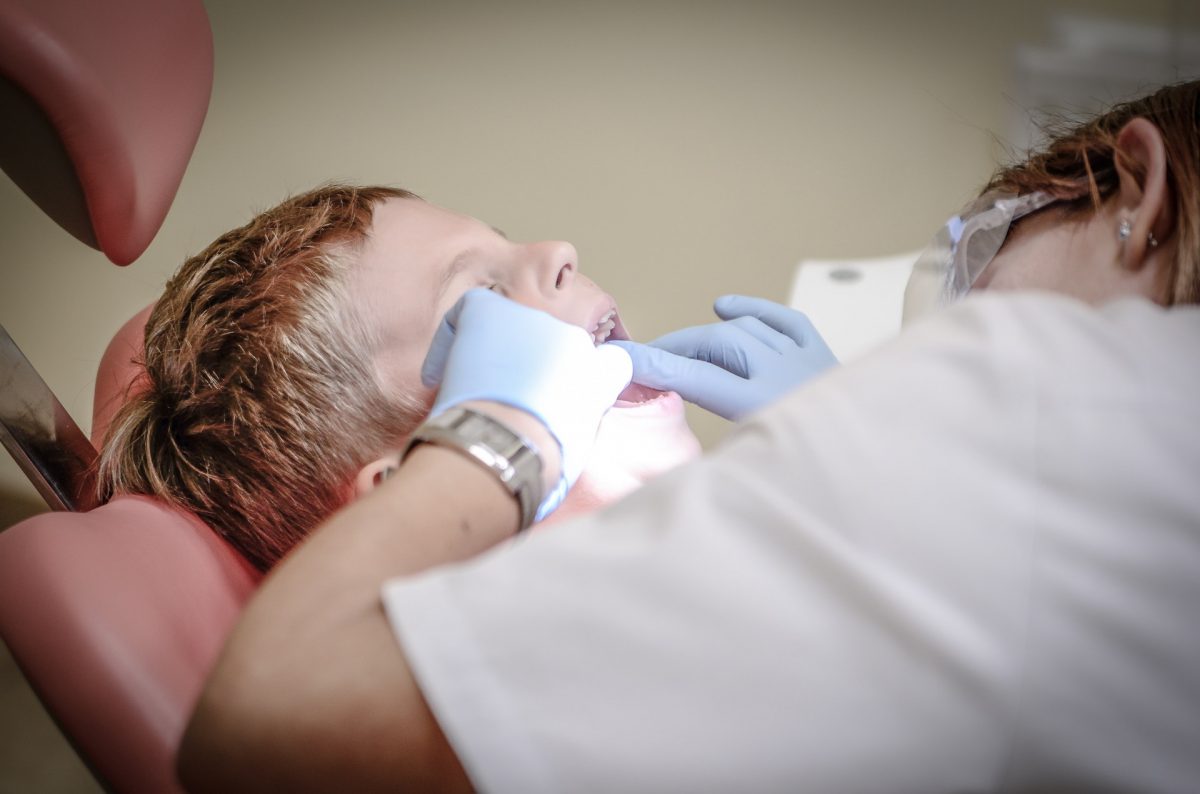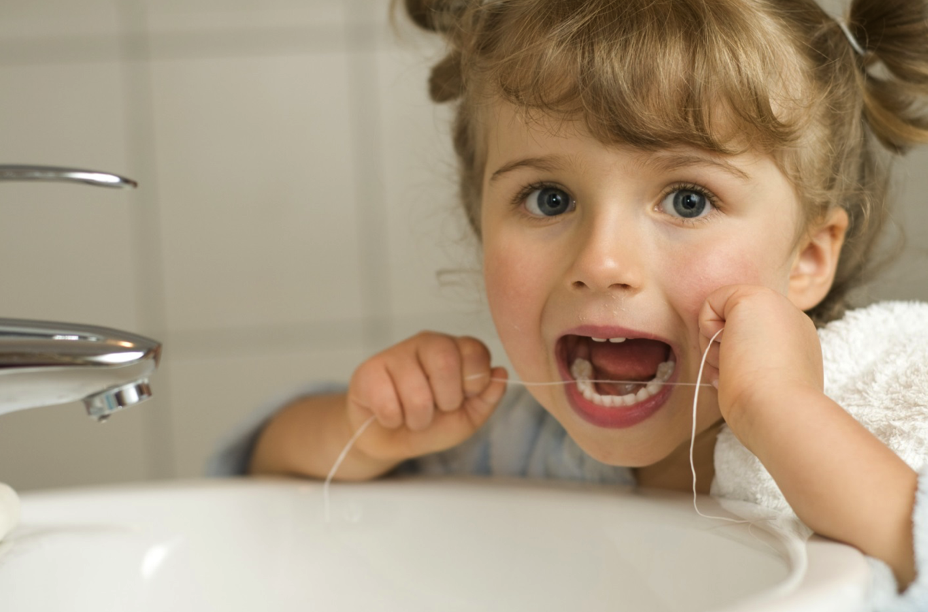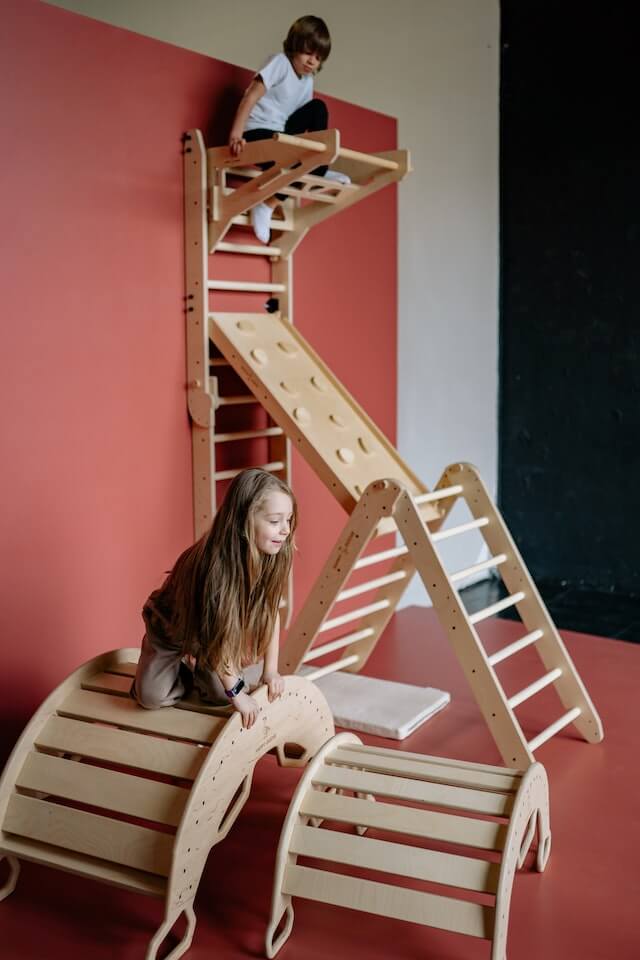With Christmas just around the corner, it’s time to brainstorm your present list and the biggest question of the year awaits our attention; what to get for our loved ones. This is perhaps one of the most confusing yet exciting times of the year as you have so many options and want to handpick the best one for your friends and family. And if you have teenagers on your list, your task just got more complicated.
With teenagers, you can never be sure. Their moods and likings change by the minute and you sure don’t want to get in their bad books in the holiday season. With changing trends, new hot sellers, and the diverse pop culture in this day and age, you want to make sure you hit the right button and get something that will at least bring a smile to your face.
If you’re also scared of picking the right present for a teenager you want to impress, you’re in some major trouble. But worry not. We have come up with a list of some presents that will put your teenager in a good mood for Christmas.
So juggle your pockets and get your digital shopping carts running. Thanks to technology, you don’t have to roam the streets with your arms hanging down on the weight of your shopping bags. Get online at your favorite e-store and get amazing deals this holiday month. Just make sure you have a good internet connection to help you through your Christmas shopping.
We recommend you get a reliable service like Kinetic Internet that offers amazing plans and packages. You can check out Kinetic Internet prices on their website or call their phone number and talk to a representative who will guide you with the best internet plan according to your requirements.
So without any further ado, let’s look at some of the best Christmas presents for this year!
1. Noise cancellation headphones
Teenager appreciates nothing more than canceling out the unnecessary noise around them. Even with headphones off, they will conveniently ignore any noise that they do not want to acknowledge, so why not gift them something they will actually be using? And there’s a big connection between teenagers with pop music.
We have all been obsessed with popular musicians in our teenage too and so are these kids. Whether they are glued to their beds all day or out and about walking to school, their ears are always vibing to the latest track on Spotify. So without a doubt, this gift is at the top of our list.
2. Ring Light
A teenager does not as much time in the physical world as they do in the digital world. And their obsession with social media platforms like TikTok and Instagram is getting too much. But if you want to be in their good books you should definitely think about getting them something they can use for their social media. And the best social media equipment these days is a ring light. Ring lights have a phone holder attached in the middle where you can simply put your phone and take pictures in good light.
Whether they’re into making TikTok videos or just some good selfies, this present will surely upgrade their social media game!
3. A wireless charger
Since teenagers these days have more gadgets than corporate workers, you might want to get them a wireless charger to cater to the multiple gadgets that they need to charge daily. A wireless charger supports and charges more than one gadget at a time which makes so much sense because if your phone and earpods are both running out of battery, you would want to charge them together so that by the time your phone is charged, you also have a fully charged earpod to vibe music to.
4. Mini Fridge
Teenage girls who own makeup know how troublesome it is to store their serums and makeup products in a fridge miles away from their room. Having a mini fridge to store their beauty products in their room will be so much more convenient and, with the many aesthetically pleasing ones out there, it will just add a cute accessory to their room. Just make sure you pick the right color that matches the interior of their room.
5. Perfume

One thing teenagers love to feel is being a part of the grown-up world. And nothing makes you feel more poised, cultured, and glamorous than a good-smelling perfume. Pick a light scent that is not too out there and feels like their age, but with a good bottle that feels like something on their dressing table. You can never go wrong with this present!
Wrapping Up
We know picking up the best present of a loved one does feel like a task but you can make it easy by understanding their age, likings, and what is trending these days. We hope our list of recommendations did put all of these out there and the teenagers you are trying to cheer up will love them too. Happy Christmas shopping!



